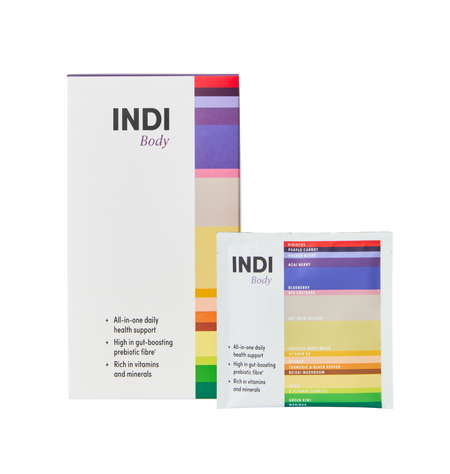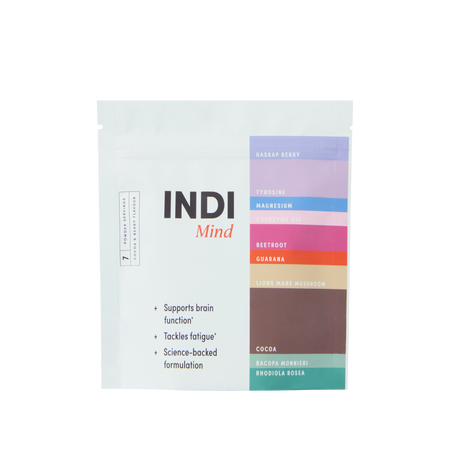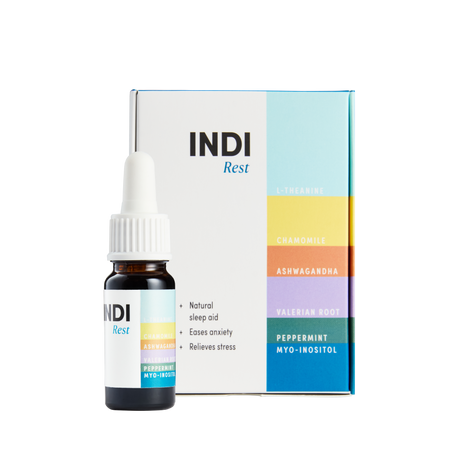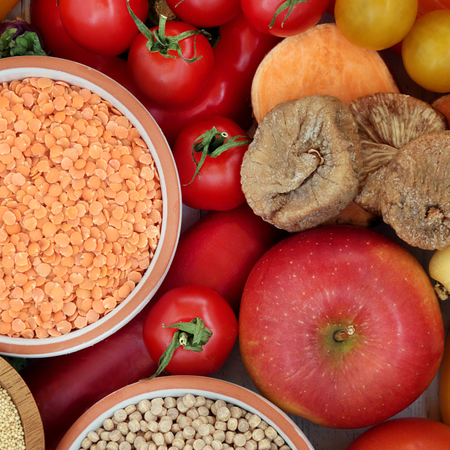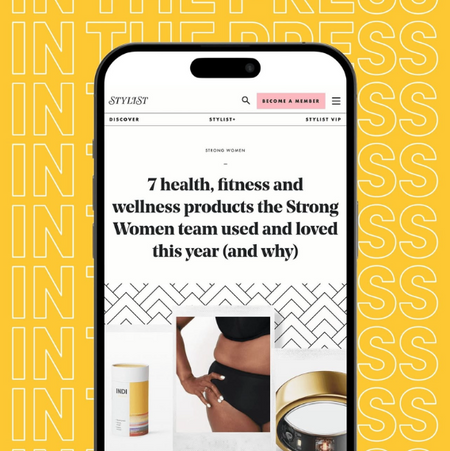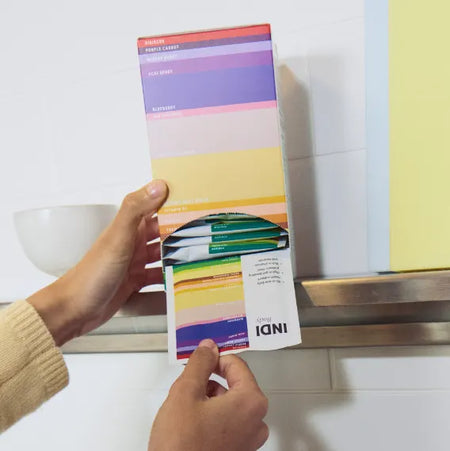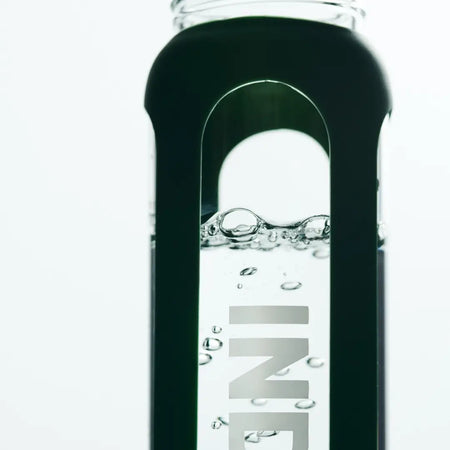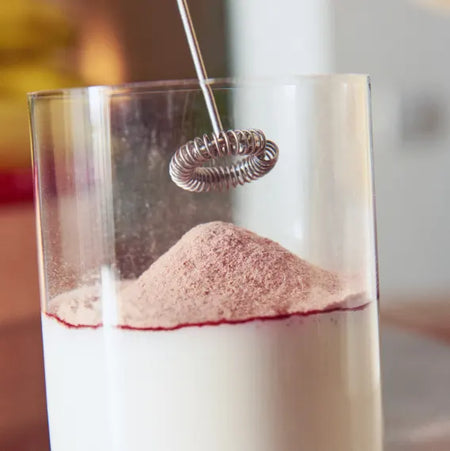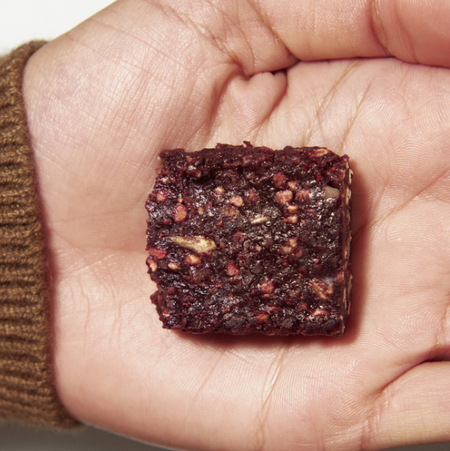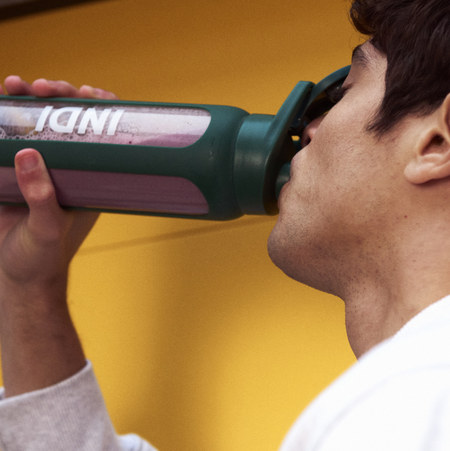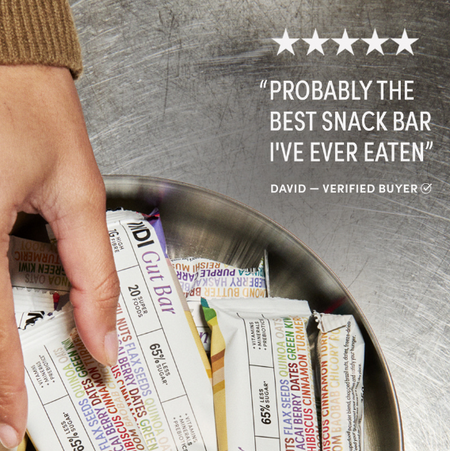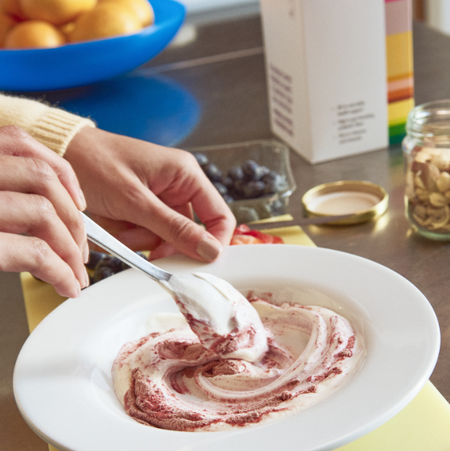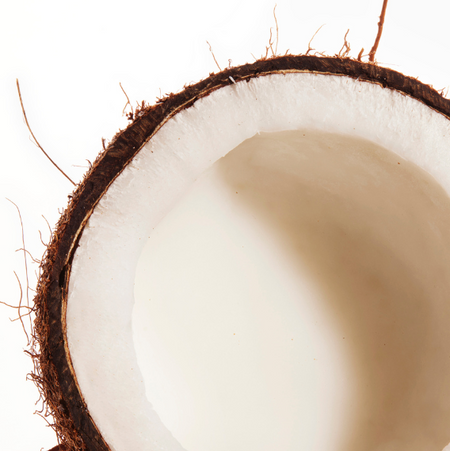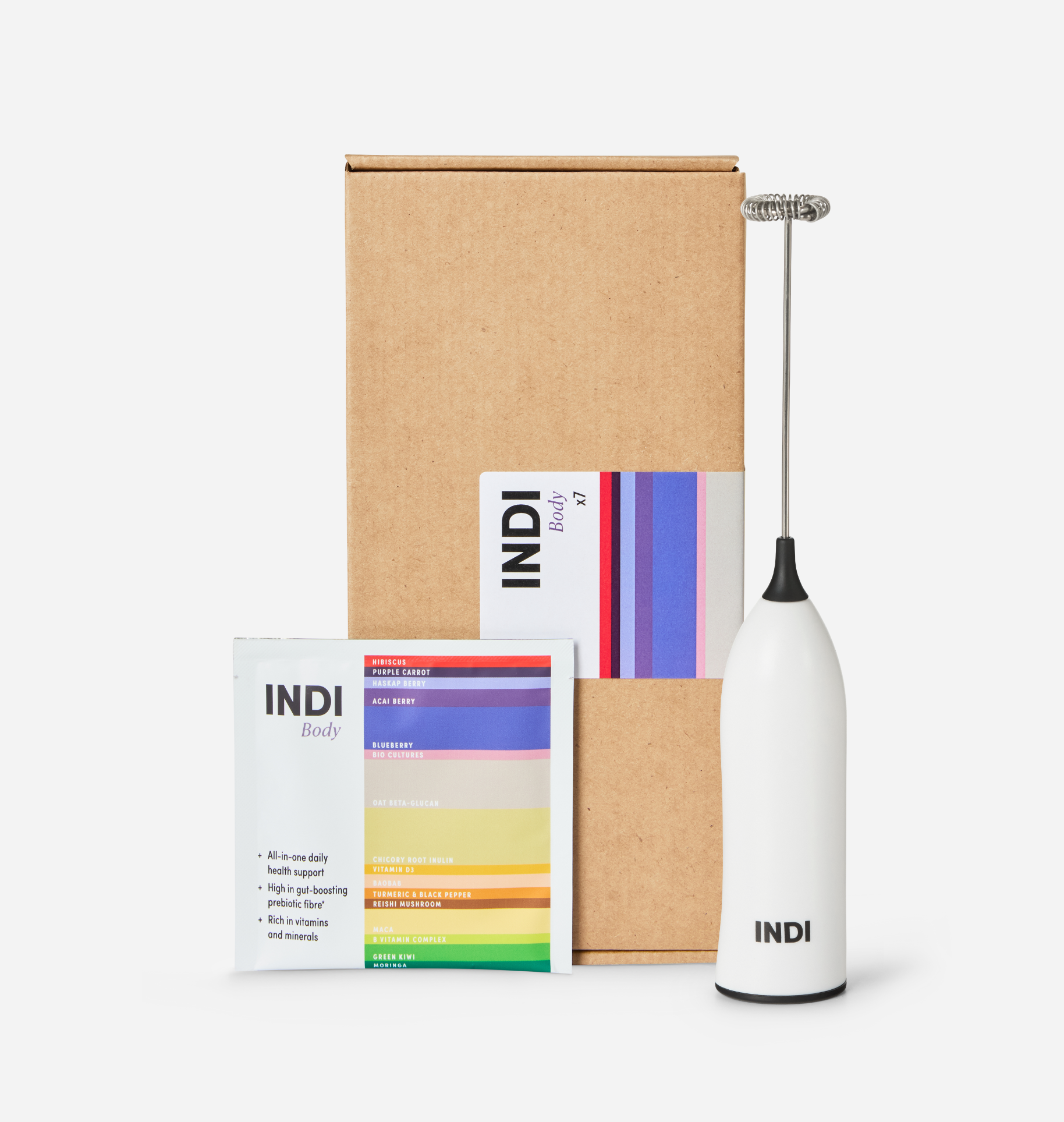Dr Linia Patel is an internationally-renowned and award-winning Women’s Health Dietitian, Performance Nutritionist, and Public Health Researcher. For more advice, practical tips and recipes, follow @liniapatelnutrition on Instagram.
The satiety stack: How to build more filling meals
Ever notice how some meals leave you wanting more while others keep you satisfied for hours? That’s the power of satiety—the feeling of fullness that helps you stay energised and less likely to snack mindlessly. By understanding the science behind satiety and how to combine foods strategically, you can build meals that naturally reduce cravings, balance blood sugar, and support long-term health without strict dieting. INDI’s Head of Nutrition Dr Linia Patel is here to tell us all about what she calls: The Satiety Stack.
THE BREAKFAST TEST
Here’s how I explain satiety to my clients. Imagine you have one of these breakfasts:
- Toast with jam
- Porridge oats with water and honey
- Eggs + avocado on sourdough with a sprinkle of feta
Which one will keep you satisfied until lunch? Winner: Number 3. Why? Because it has protein, healthy fats, and fibre—a powerful trio that helps switch off hunger signals and keep your energy steady.
WHAT IS THE SATIETY INDEX?
Back in 1995, researchers at the University of Sydney ranked foods by how well they satisfied hunger. White bread scored 100%, and every other food was compared to it. The higher the score, the more filling the food. You don’t need to memorise the scores—just remember the satiety superpowers:
- Protein – slows digestion, switches on fullness hormones
- Fibre – adds bulk, balances blood sugar, feeds your gut
- High-volume foods – water- or air-rich (soups, salads, veg)
- Nutrient density – keeps your body running efficiently
- Micronutrients – particularly calcium and potassium can influence appetite regulation
- Fat – slows gastric emptying (but easy to overeat—watch portions)
When you stack these in a meal, you work with your body’s hunger signals—not against them.
10 PRACTICAL WAYS TO BUILD YOUR SATIETY STACK
- Protein first: Begin each meal with a source of lean protein—chicken, turkey, fish, eggs, Greek yoghurt, tofu, or lentils. Eating protein first stimulates satiety hormones and slows gastric emptying, helping you feel fuller sooner and for longer.
- Add bulk: Fill half your plate with high-fibre, low-calorie foods like vegetables or fruit. The fibre + water combo increases volume, slows digestion, and keeps you fuller without excess calories.
- Slow-burning carbs: Swap refined carbs for intact whole grains—oats, quinoa, barley, brown rice, buckwheat and lentils and beans. They score higher on the satiety index and help maintain steady blood sugar, reducing post-meal cravings
- Healthy fats—mindfully: Healthy fats like avocado, nuts, seeds, and olive oil help prolong satiety, but because they’re calorie-dense, stick to small, measured portions—a tablespoon of oil, 30g nuts, or half an avocado. Sprinkle some nuts on your meals – nuts and seeds (like pumpkin, chia, hemp, almond) are excellent sources of healthy fats, protein, and fibre, contributing to feelings of fullness.
- Combine macronutrients at every meal: Eat your calories don’t drink them. Combine macronutrients at every meal and focus on eating your calories rather than drinking them. Meals that include a balance of protein, fibre, and healthy fats—like salmon with roasted vegetables and quinoa—tend to keep you fuller for longer than carb-heavy dishes alone, while also helping maintain steady energy levels. Liquid calories from smoothies, juices, and sugary drinks don’t offer the same satiety because they skip much of the chewing process and don’t activate the same stretch receptors in your gut, meaning you’ll feel hungry again much sooner.
- Chew your calories: Chewing more triggers mechanical fullness signals. Choose crunchy foods like raw veg, apples, carrots, or rye or seeded bread instead of ultra-processed soft foods.
- Front-load with a starter: Having a broth-based soup (vs creamy) or a crunchy salad before your main can reduce overall calorie intake while boosting fullness—especially if it includes fibre-rich vegetables.
- Snack smart: Pair crunchy, high-volume foods with protein or healthy fats—e.g., apple slices with peanut butter, carrots with hummus, popcorn with a sprinkle of nutritional yeast. This combo keeps hunger away longer.
- High-volume “stretch” foods: At each meal, add at least one high-water, high-fibre option like zucchini, berries, watermelon, cucumber, leafy greens, or air-popped popcorn. These stretch the stomach and enhance satiety signals.
- A little dairy or calcium-rich plant foods: For example some sprinkled feta sprinkled on top of meals or Greek yogurt for dessert. Or if you are plant based ensure you include some calcium rich foods like tahini or sesame seeds to give you the same effects.
THE TAKEAWAY
When you combine protein, fibre, healthy fats, and volume, you naturally eat less without feeling deprived. Satiety stacking isn’t a diet—it’s a habit that keeps you fuelled, satisfied, and is pivotal for managing your weight in your forties and beyond.
